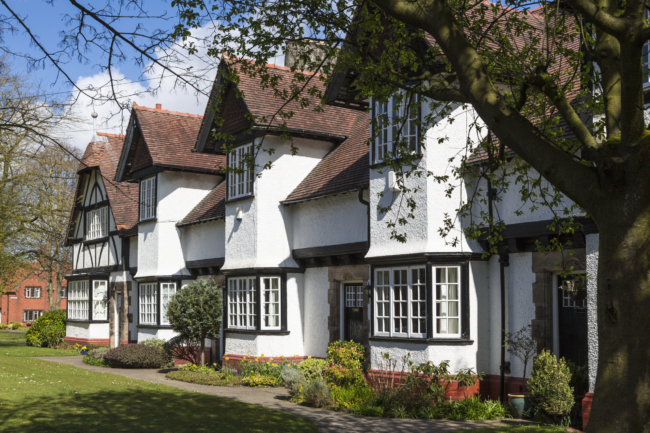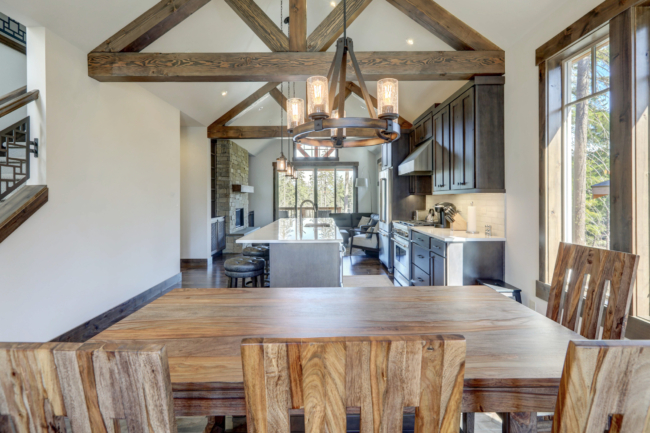
In this article, we invite you on a journey to explore some of the most beautiful listed buildings in England.
The National Heritage List for England actively includes properties and other structures in its official records for listed buildings, scheduled monuments, Registered Parks and Gardens, Registered Battlefields, and Protected Wrecks when they achieve listed status.
Owning a listed property is both a privilege and a responsibility. In a survey conducted last year by Historic England, almost half of listed property owners had lived in their homes for 20 years or more, testament that these properties are much loved and treasured. But there are responsibilities that come with owning a listed property, and here we explore these and look at why buildings and structures are listed.
Listing marks and celebrates a building’s special architectural and historic interest, and protects it for current and future generations to enjoy.
A building often achieves listed status because of its age, rarity, aesthetic appeal, or as one of the few remaining examples of its kind. It may also gain significance for its national interest.
To alter, extend, or demolish a listed structure, you must obtain permission from the local council or another government authority. They grant changes only if they maintain the character and interest of the building and its setting
Listed buildings are given a grade based on the level of architectural or historic interest. There are three main categories of listed buildings in England and Wales:
But it’s not just buildings that can be listed. In essence any man-made structure can be listed. Presently the list comprises of fountains, memorials, and even phone boxes.
There are over 500,000 listed buildings listed in England. If you’re unsure if a building is already listed, you can search on the Historic England website to find out.
Properties and buildings may be listed if they are deemed to be of ‘historical interest’ to the UK’s rich culture. Historic England weigh this decision by their
Principles of Selection including:
For example, the iconic Brighton Pavilion stands as one of the UK’s most recognizable listed buildings. John Nash built it in 1787 as a seaside holiday home for George IV, Prince of Wales. Since the 1980s, it has undergone continuous structural work. The Brighton Pavilion holds the status of a Grade I listed building.
Buildings that have withstood the test of time are more likely to achieve listed status. In fact, authorities automatically designate any pre-1700 building that retains its original condition as a listed building. Typically, a building must be at least 30 years old to be eligible for listing, but there are exceptions to this rule.
Historic England doesn’t limit listings to just historical buildings. They may also consider bright and bold post-modern buildings for listing, especially if they display ‘architectural interest.’ This term specifically refers to buildings showcasing significant architectural design, decoration, or craftsmanship.
The eye catching Gough Building at the Bryanston School in Dorset has recently been registered as a listed building (Grade I) for its striking post-modern architectural design. Completed in 1988 by CGWZ, the building features large stone columns, playfully designed to look like giant screws.
A building may also achieve listed status if it serves as an important example of a specific building type or technique, such as structures that showcase technological innovation or virtuosity, or those with significant plan forms.
John Wood created The Circus in Bath in 1754 as an exemplary innovative design, featuring multiple terraced buildings tightly curved around a central focal point of old plane trees. This Grade I listed building, which took 14 years to complete, stands as a testament to architectural innovation.
Historic England may remove a listed property from the list if it no longer showcases special architectural or historic interest. This decision often follows significant events like a fire that destroys much of the original structure, or the emergence of new evidence undermining the basis of the original listing. To initiate a review of a listed building’s status, an application must be resubmit to Historic England.
If a listed building needs repairs, the owner must arrange for the necessary work by first requesting Listed Building Consent from the Council. The Council then decides whether to allow the proposed works to proceed. Performing any work without this permission is a criminal offence.
Owners of listed buildings must secure listed buildings insurance due to the special workmanship and materials often required for these structures. This ensures they have adequate cover in place.
Intelligent Insurance are specialist providers of listed buildings insurance cover. We ask the right questions about your listed building so that you can get an immediate online quote in most cases. Highly trained advisors are on standby ready to give advice should you need help with any element.
Request an online listed building insurance quote or contact the team on 03333 11 11 10.

In this article, we invite you on a journey to explore some of the most beautiful listed buildings in England.

This article examines how a listed building's features can impact the cost of your home insurance.

This article explores the key factors you should understand and consider before buying a listed property.